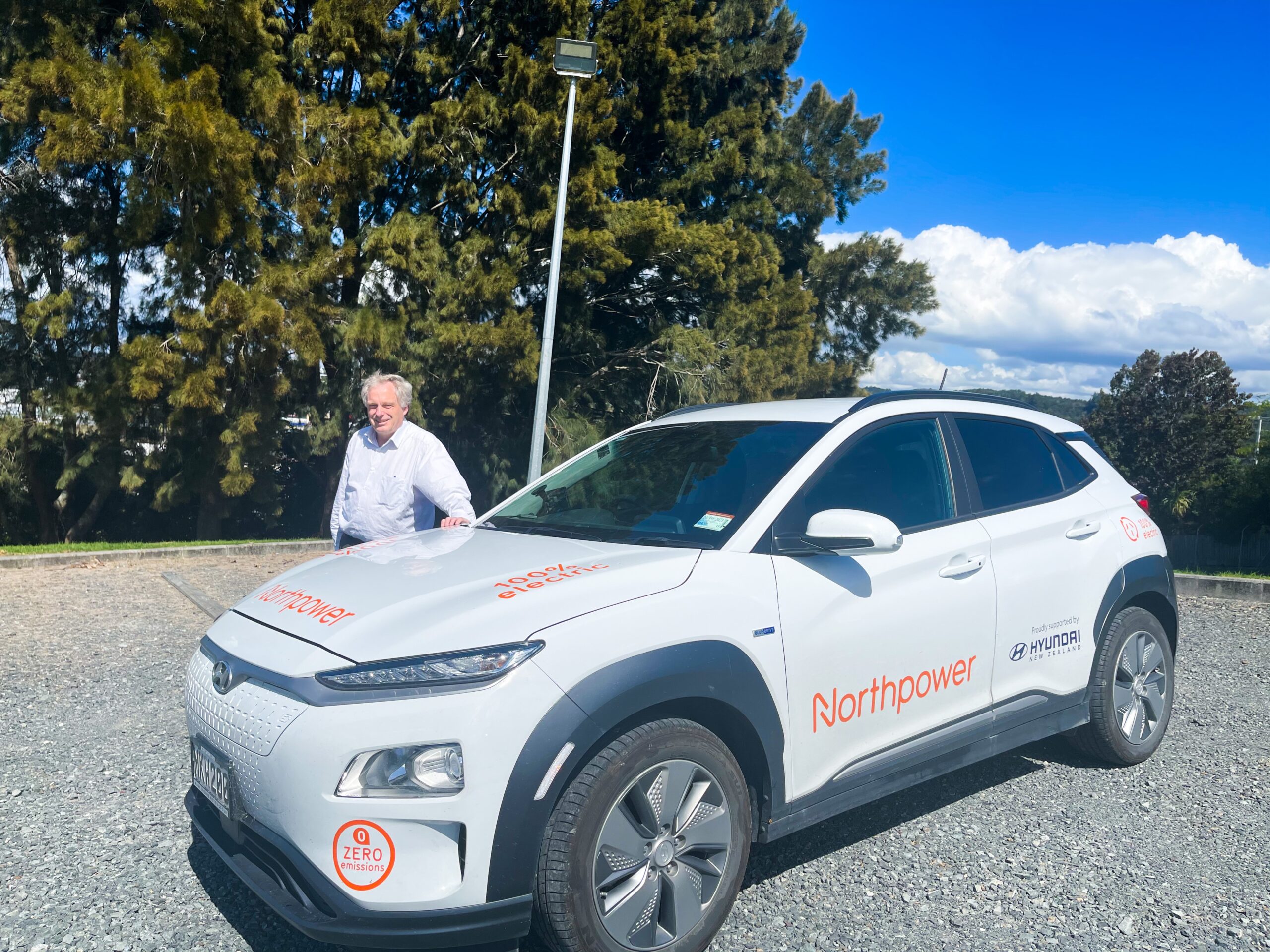Electric vehicles FAQs
Thinking about purchasing an electric vehicle?
EVs are becoming more popular in New Zealand, and for good reason. They’re cleaner, cheaper to run, and surprisingly fun to drive. Here are some frequently asked questions to help you understand what it’s like to own and drive an EV, from running costs to long-distance travel.
Yes. EVs are significantly cheaper to run due to lower electricity costs and reduced maintenance. Charging an EV at home off-peak can cost the equivalent of around $1.60 per litre, including road user charges, much less than petrol.
EVs typically need servicing once a year or every 15,000 km, just like petrol cars. While there’s no engine to maintain, items like brakes, tyres, lights, and wipers still require attention. Plug-in hybrids need the same servicing as petrol/diesel vehicles.
Yes. EVs sold in New Zealand must meet the same safety standards as petrol or diesel vehicles. Most have a 5-star ANCAP rating, and their high-voltage systems are designed to shut down in a crash. The heavy battery also lowers the centre of gravity, improving stability.
Most EV batteries are designed to last 8–10 years or around 160,000 km. Over time, range may decrease gradually. Batteries can often be refurbished or replaced, and even at the end of their life, they can be recycled or repurposed for other energy storage.
New Zealand’s mild climate is ideal for EVs. Extremely hot or cold temperatures can reduce battery efficiency, but this is rarely an issue here. You can safely charge your EV outside in all weather, provided the equipment is rated for New Zealand conditions.
Some EVs are rated for towing, while others are not. Always check your vehicle’s manual or ask the dealer to ensure it’s suitable for towing before hitching a trailer.
Yes. Even when accounting for manufacturing and shipping, an EV in New Zealand emits around 60% fewer emissions over its full life cycle than a petrol car. This figure improves as our electricity supply becomes even more renewable.
Yes. If all light vehicles went electric, electricity demand would increase by about 20%. With new renewable generation and smart charging technologies, our grid is expected to handle this growth well, especially with off-peak charging.
Absolutely. Most dealers offer EV test drives, and many rental companies now include EVs in their fleets. Renting an EV for a few days is a great way to get a feel for how it fits your lifestyle.
Yes. Many new EVs have a range of 300–400 km on a full charge. Planning road trips is easy thanks to a growing network of fast chargers across the country, many located near cafés, supermarkets, and public facilities.
EV charging FAQs
The best place to charge your EV is to plug it in overnight at home.
If you’re looking at building a new property or renovating, you might like to consider installing charging points to future-proof for any EVs you may have in the future.
If you’re on the road and looking for a charging station, we recommend the Plugshare, ChargeNet, or the NZTA EV charging station map.
The cheapest and easiest way to charge your EV is to plug it in overnight at home. An overnight charge will cost up to $5 per 100km.
Check with your energy retailer and compare other retailers for EV deals. Some do offer discounts for off-peak EV charging or general off-peak deals.
There are many different EVs available on the market now, both new and second-hand. Many new vehicles have ranges of over 400km on a full charge, while older second-hand EVs may only have a 100km range.
The battery is the most expensive component of an EV. The bigger it is, the greater the range, which also means a greater cost.
Driving style can affect the vehicle’s range. Generally, the driving range in an urban environment is greater than on the highway. Air conditioning will also have some effect on range.
Studies indicate that an EV may increase household electricity use by up to 35%. This can be supported most of the time, but becomes challenging during peak demand periods (usually in the early mornings and evenings) when the electricity network is already busy.
Collectively, we can minimise the need to upgrade electricity networks to accommodate this additional demand by shifting EV charging to times when the network isn’t as busy – overnight, usually after 10pm.
Installing a smart EV charger that lets you control the time of charging and access cheaper off-peak electricity rates is a good idea.
It depends on the owner of the charging station. Check on Plugshare or the charging station owner’s website.
While electric vehicles often have a higher purchase cost, the cost-saving benefits come from the long-term use of the vehicle.
They have fewer moving parts, so they have a lower maintenance cost.
Running an EV is cheaper. Powered by electricity, it will cost around $5 per 100km if charged at home or $10 per 100km if charged at a public charger (this does depend on the rate you pay for electricity from your retailer), plus road user charges.
Generally, you should be able to slow-charge your EV without upgrading your electrical supply. Many EV owners use an IC-CPD (in-cord control & protection device) that will plug into a standard 10 Amp socket outlet or 16 Amp caravan socket outlet.
If in doubt, check with your electrician. A fixed wall-mounted charger needs to be wired by an electrician who will also check if the electrical supply has enough capacity.
The RUC rate for electric vehicles is $76 per 1000km unit. The rate for PHEVs is $53 per 1000km.

Need more information?
You can find out more about electric vehicles by downloading our handy EV booklet or visiting the Gen Less electric vehicles website.
